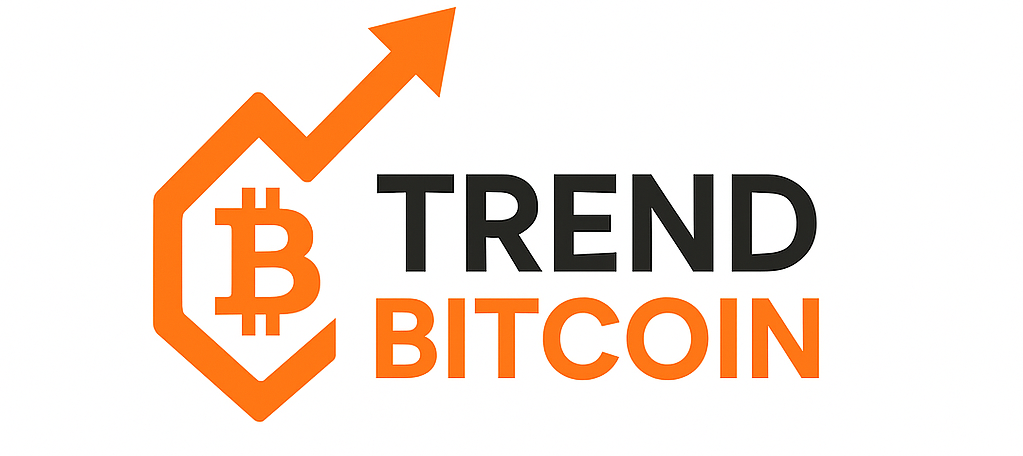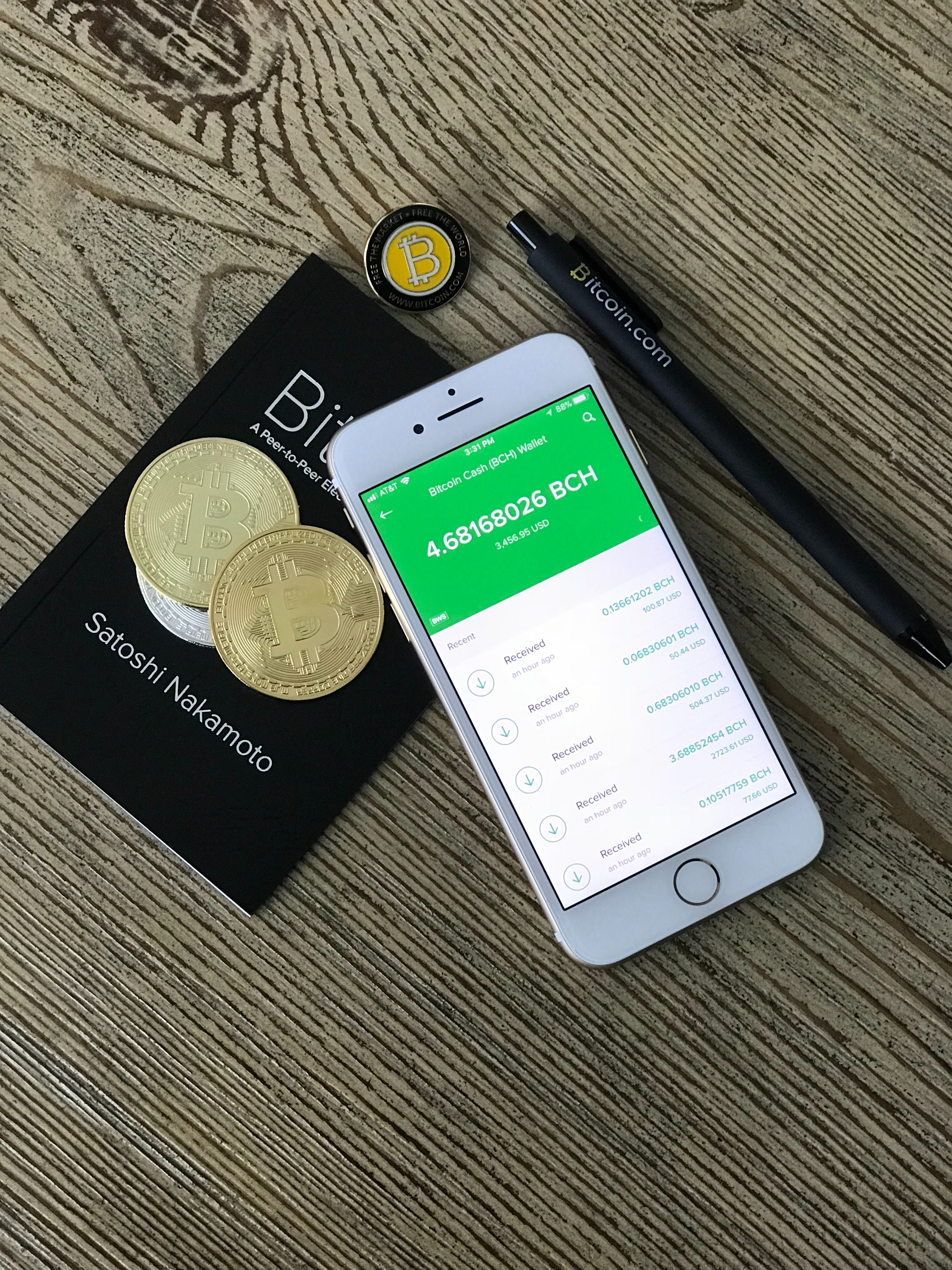Bitcoin is a digital currency that was introduced in 2009 by a mysterious individual or group under the pseudonym Satoshi Nakamoto. The concept first appeared in a white paper titled “Bitcoin: A Peer-to-Peer Electronic Cash System”, released in 2008. Shortly after, the Bitcoin.com domain was registered, and in January 2009, the first block of the Bitcoin blockchain—known as the genesis block—was mined, officially launching the network.
Today, Bitcoin is recognized as the first and most valuable cryptocurrency, and it has sparked a global movement around decentralized finance, digital assets, and blockchain technology.
In Summary:
Bitcoin is a cryptocurrency, meaning it’s a digital asset designed to work as a medium of exchange using cryptography to secure transactions. It is powered by a decentralized network of computers (nodes) through a distributed ledger known as the blockchain.
Unlike traditional currencies issued by central banks, Bitcoin is decentralized, borderless, censorship-resistant, and has a fixed supply of 21 million coins.
How Is Bitcoin Created?
Bitcoin is introduced into circulation through a process called mining. Mining involves using computational power to solve complex cryptographic puzzles. When a puzzle is solved, a new block is added to the blockchain, and the miner is rewarded with newly minted Bitcoin (plus transaction fees).
As of 2025, the mining reward is 3.125 BTC per block following the most recent Bitcoin halving in April 2024. Halvings occur every four years and reduce the number of new coins issued, adding to Bitcoin’s scarcity.
How to Get Bitcoin in 2025
Getting Bitcoin is easier and more accessible than ever before. Here are the most common methods:
1. Buy Bitcoin
- Through exchanges like Coinbase, Binance, Kraken, or Bitso.
- Use local P2P platforms or Bitcoin ATMs.
2. Earn Bitcoin
- Accept it as payment for services or products.
- Participate in affiliate programs or Bitcoin cashback platforms.
3. Mine Bitcoin
- While mining has become more industrialized, it’s still possible for hobbyists to participate using mining pools or cloud mining.
Where Do You Store Bitcoin?
You need a Bitcoin Wallet to store your funds. There are two main types:
 Hardware Wallets (Cold Wallets)
Hardware Wallets (Cold Wallets)
Devices like Ledger Nano X or Trezor Model T.
Advantages:
- Stored offline, offering strong protection against hacking.
- Ideal for long-term holders (HODLers).
Disadvantages:
- Costs money to purchase.
- Less convenient for frequent transactions.
 Software Wallets (Hot Wallets)
Software Wallets (Hot Wallets)
Apps like Exodus, BlueWallet, or Trust Wallet.
Advantages:
- Free and easy to install on mobile, desktop, or browser.
- Convenient for day-to-day use and fast transactions.
Disadvantages:
- More vulnerable to malware or phishing.
- Not recommended for storing large amounts long-term.
Here are some options of Bitcoin Virtual Purses:
https://login.blockchain.com/#/signup
Bitcoin Hardware Wallets
Final Thoughts
Since its launch, Bitcoin has grown from a niche project to a global financial phenomenon. It is now seen as “digital gold”, a hedge against inflation, and a pillar of the evolving Web3 economy. Whether you’re a beginner or a seasoned investor, understanding the fundamentals of Bitcoin is crucial as it continues to shape the future of money.
Note: Always use trusted platforms, enable two-factor authentication, and never share your private keys or recovery phrases with anyone.










